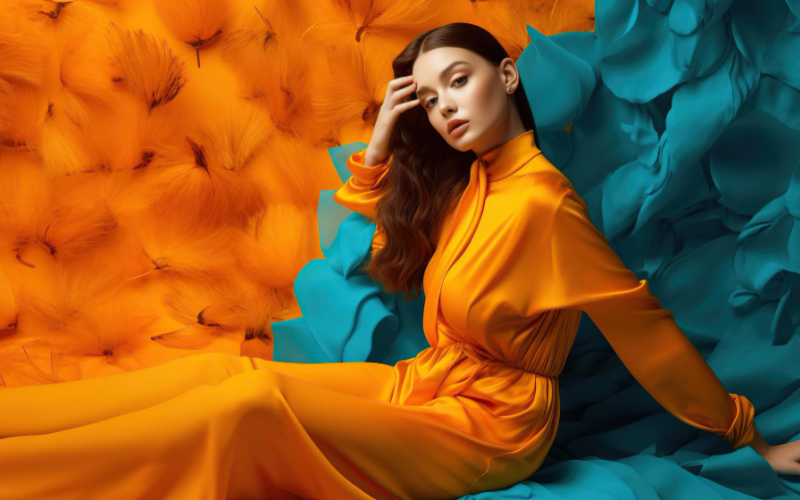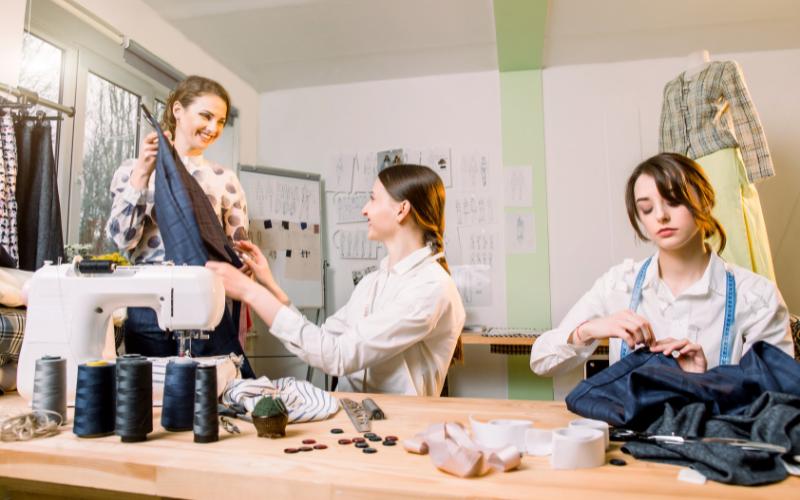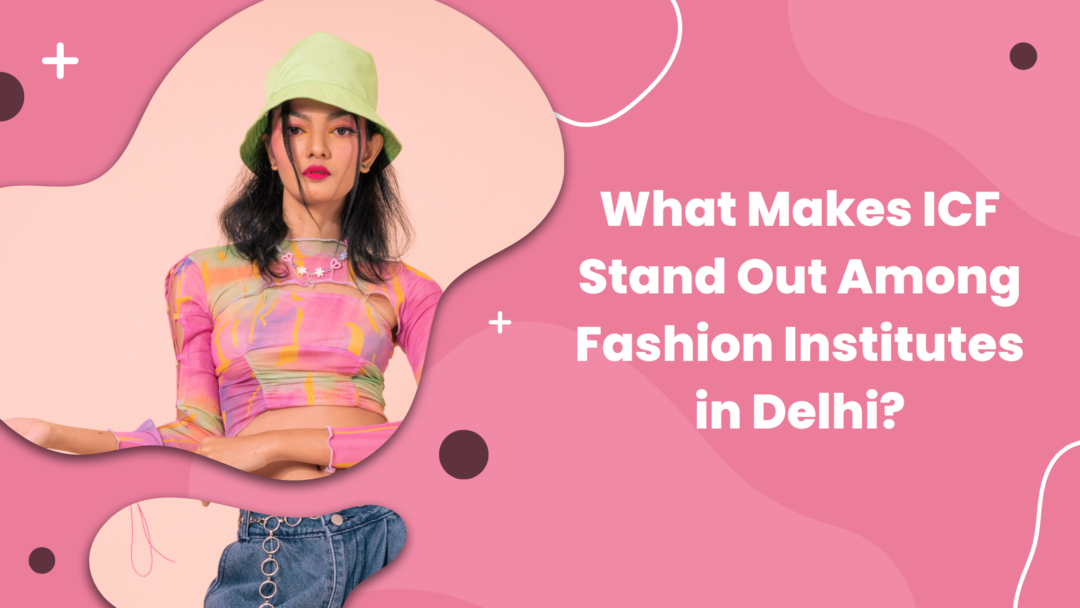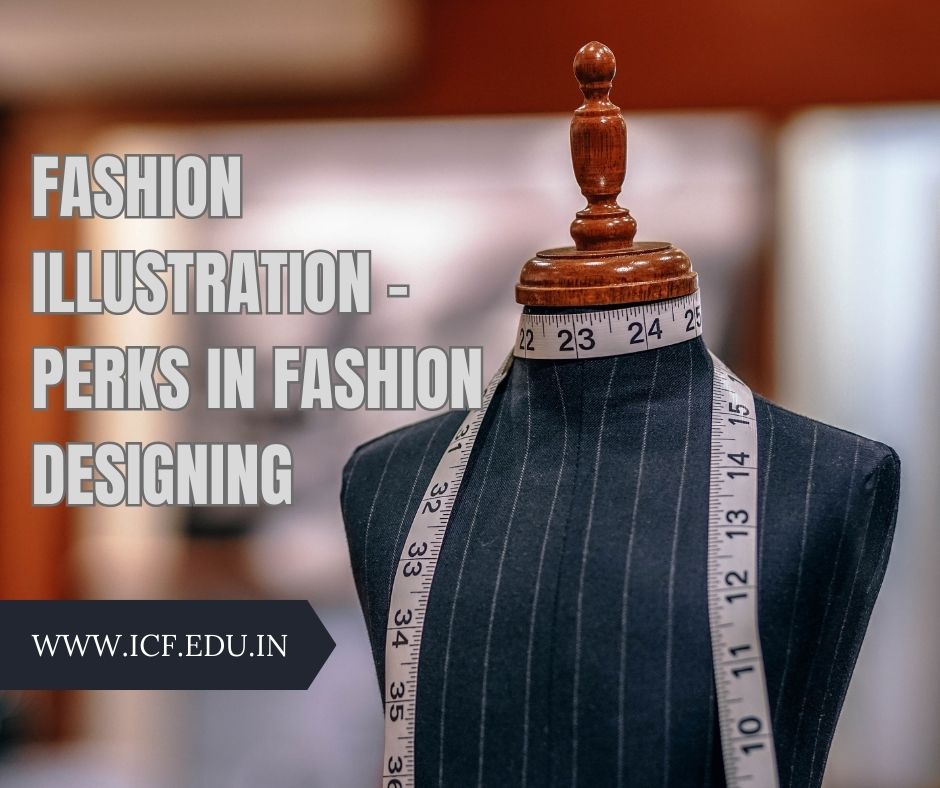The fashion retail industry is an intricate tapestry woven with threads of creativity, strategy, and consumer engagement. It stands at the intersection of art and commerce, where every fabric, color, and cut tells a story. This blog delves deeper into the essential role of creativity in fashion retail, exploring its multifaceted impact on strategy, consumer perception, and market trends.
The Strategy for Crafting in Fashion Retail
Developing a strategy in fashion designing and retail requires a nuanced approach that balances creativity with market realities. It is about understanding the pulse of the market and anticipating future trends while nurturing the creative essence of a brand. This strategic balance ensures that fashion retailers can offer innovative products that not only captivate consumers but also stand the test of time in a rapidly evolving market.
In crafting strategy, retailers must also focus on sustainability and ethical practices, integrating them into their creative and business models. This approach not only appeals to the growing segment of environmentally and socially conscious consumers but also sets a new standard in the industry, promoting longevity and respect for both people and the planet.
The Significance of Fashion Designing and Retail in People’s Lives
Fashion is more than apparel or accessories; it is a medium of personal storytelling and cultural expression. Retailers play a crucial role in this narrative by offering a variety of styles that cater to diverse consumer needs and preferences. The fashion choices available to consumers can influence their self-perception, confidence, and how they are perceived by others, underscoring the profound impact of fashion retail on individual and collective identities.
Moreover, fashion retail acts as a cultural barometer, reflecting and sometimes shaping societal norms and values. Through their creative decisions, retailers can challenge stereotypes, celebrate diversity, and foster a more inclusive society.
Leveraging Creativity for Maximum Profits
In a market saturated with choices, creativity is the key differentiator that can elevate a brand above its competitors. Innovative and unique designs, when aligned with consumer desires, can create a strong brand identity and loyal customer base. Retailers who successfully leverage their creative assets can achieve not just short-term sales boosts but also long-term brand value and recognition.
Beyond product design, creativity in customer experience — from store layouts and online interfaces to packaging and marketing campaigns — can significantly enhance consumer engagement and loyalty. A holistic creative approach ensures that every touchpoint with the brand is memorable, building a strong emotional connection with consumers.
India’s Liberalization of Creative Style in Fashion Retail
India presents a fascinating case study in the liberalization of creative style in fashion retail. The country’s fashion designing industry is a dynamic blend of traditional motifs and contemporary trends, offering a rich palette for designers and retailers. Indian fashion retailers are increasingly incorporating local artisanal crafts into mainstream fashion, providing a global platform for indigenous artistry while contributing to the preservation of cultural heritage.
This fusion of traditional and modern aesthetics is not only expanding the creative horizons of Indian fashion but also resonating with a global audience, showcasing India’s unique position in the international fashion arena.
Empowering Novice Designers and Students with Creativity
For emerging designers and fashion students, creativity is the gateway to innovation and differentiation. By fostering a creative mindset, students can explore uncharted territories in design, challenge conventional norms, and develop a signature style that reflects their vision and values.
Educational institutions play a pivotal role in this creative cultivation by providing a supportive environment that encourages experimentation, critical thinking, and cross-disciplinary learning. Exposure to various cultural, historical, and contemporary influences can enrich students’ creative perspectives, enabling them to produce work that is both innovative and relevant.
The Role of International College of Fashion in Nurturing Aspiring Designers
The International College of Fashion (ICF) exemplifies the commitment to fostering creativity in the next generation of fashion professionals. By offering a curriculum that seamlessly integrates creative design and strategic business understanding, ICF prepares students for the multifaceted challenges of the fashion industry.
ICF focuses on experiential learning through live projects and industry internships, ensuring that students gain practical insights and hands-on experience, enabling them to apply their creative skills in real-world contexts. Additionally, the college emphasizes global trends and cross-cultural understanding, which equips students with a broad perspective and prepares them to make their mark on the world stage.
Conclusion
Creativity in fashion designing and retail is not a mere embellishment but the very fabric that binds the industry. It influences every aspect, from product design and brand identity to consumer engagement and market sustainability. As the industry evolves amidst a rapidly changing global landscape, the fusion of creativity and strategy will remain the cornerstone of success for fashion retailers. For aspiring designers and students, embracing this creative imperative is crucial for forging a vibrant and impactful career in fashion retail.










